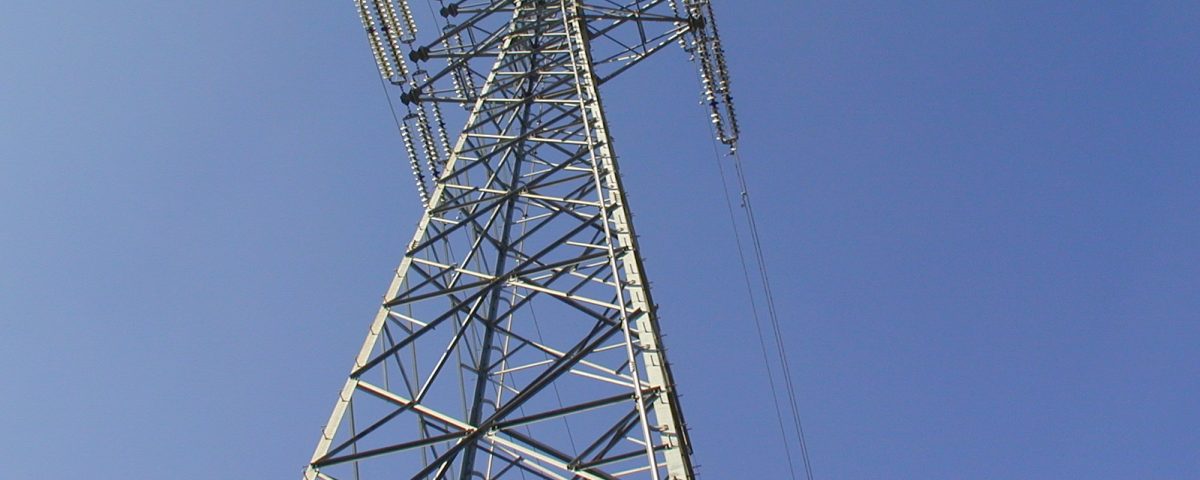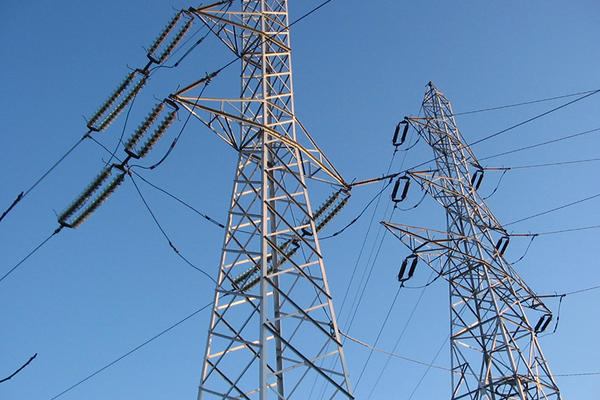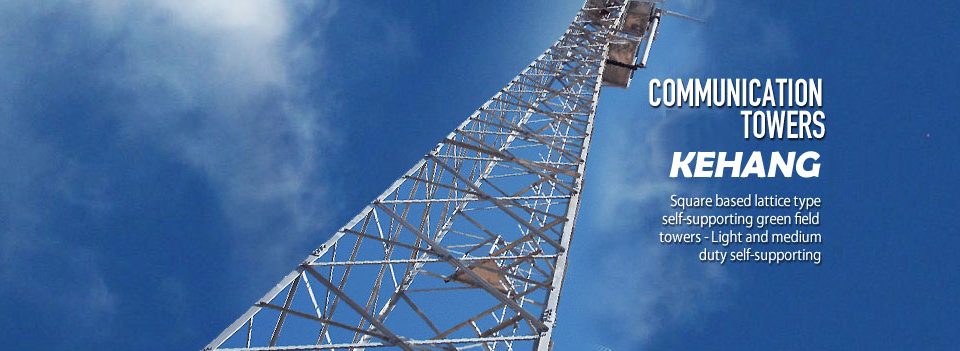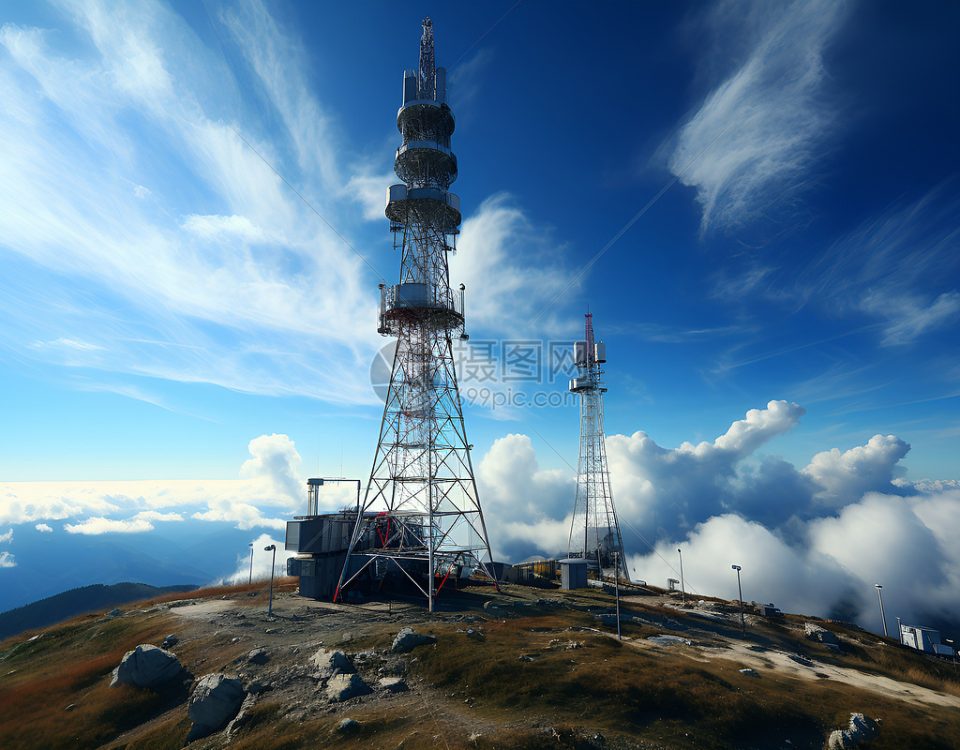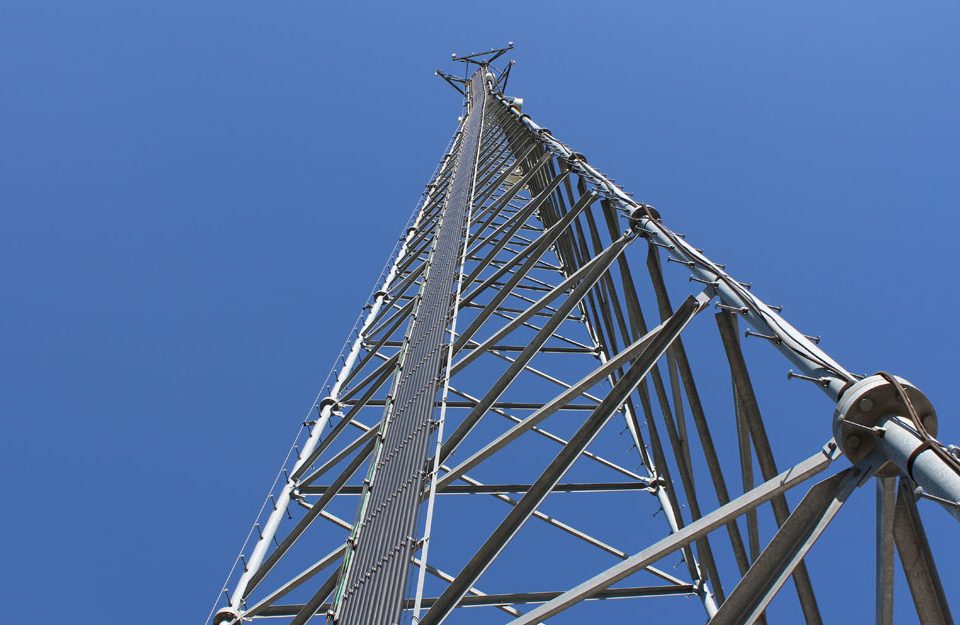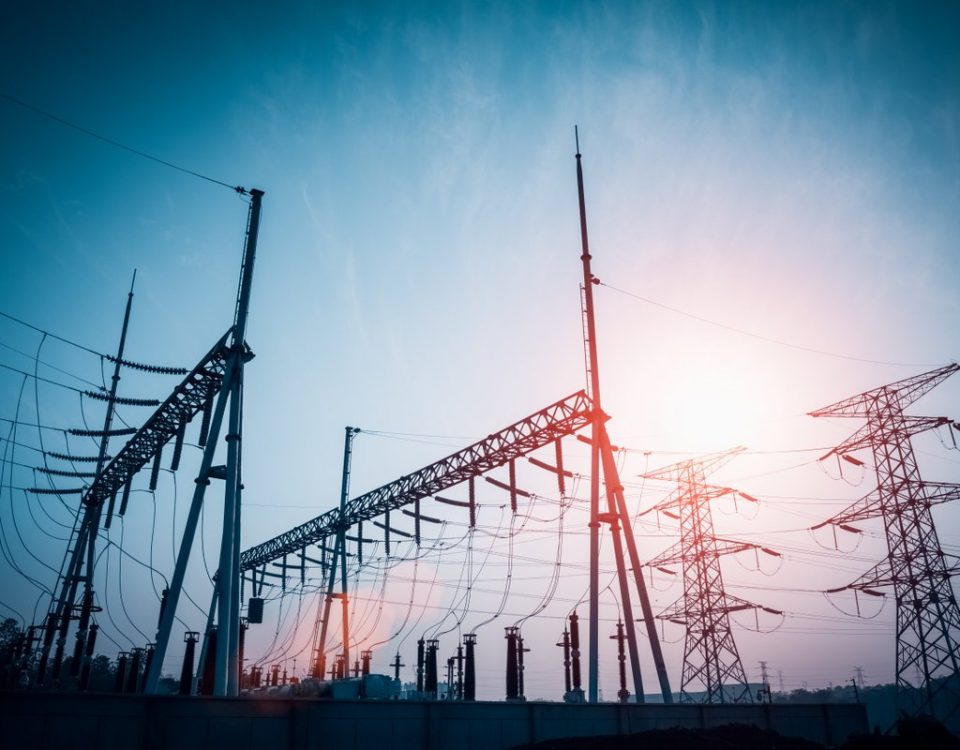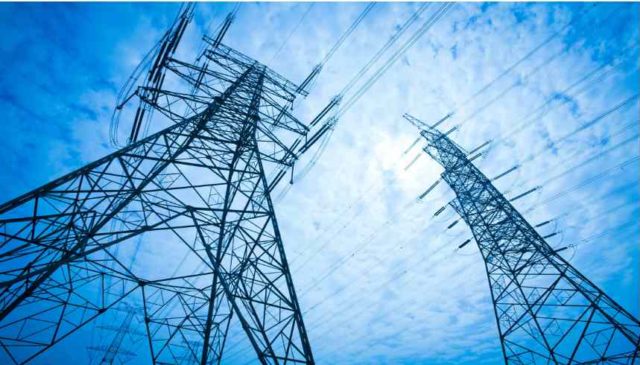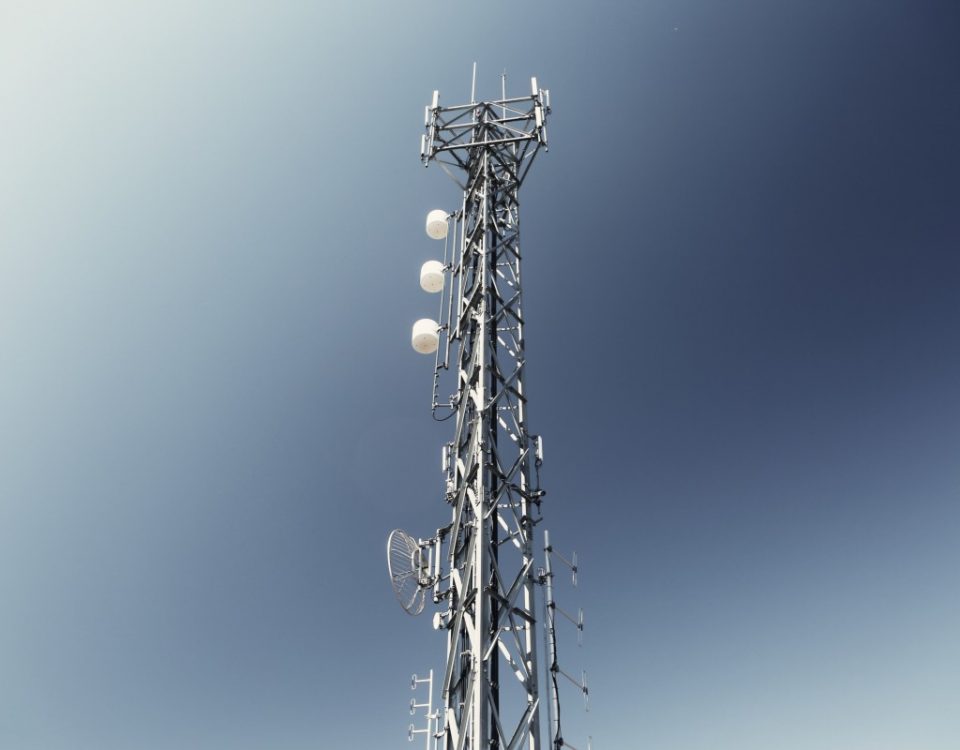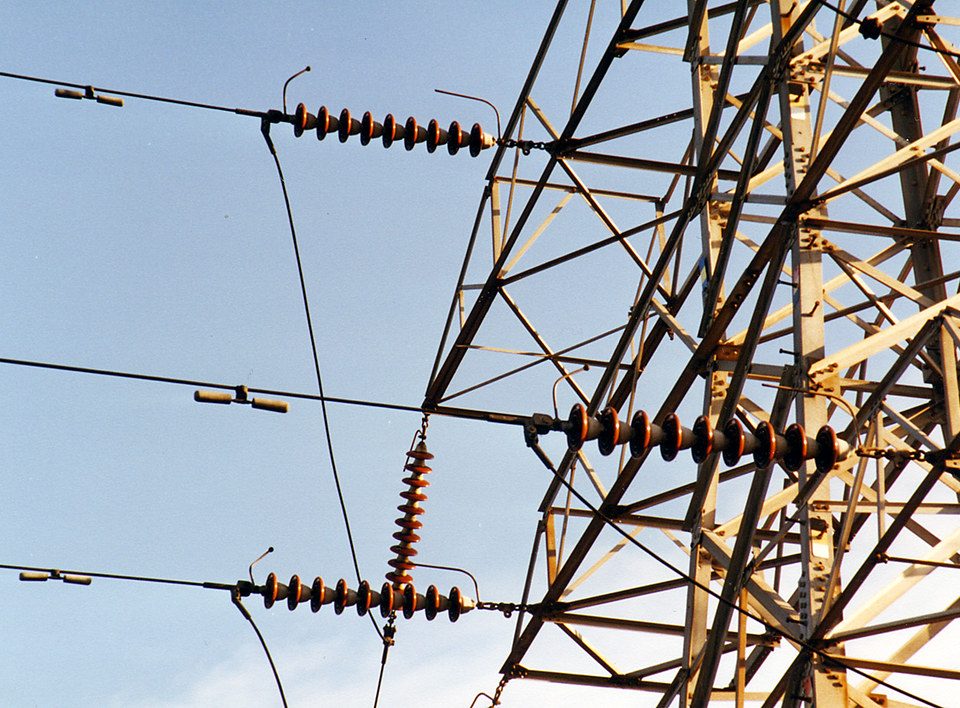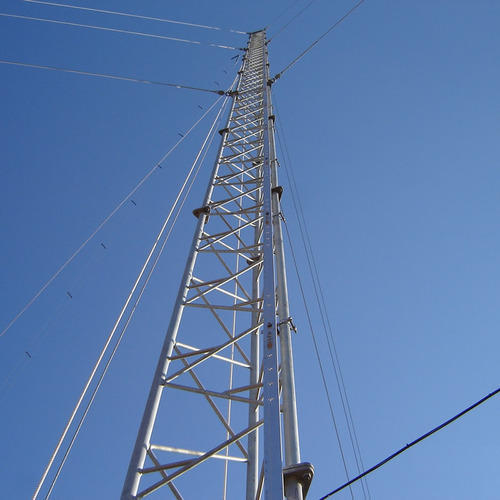
analysis and Design Considerations of communiation steel tower
December 8, 2018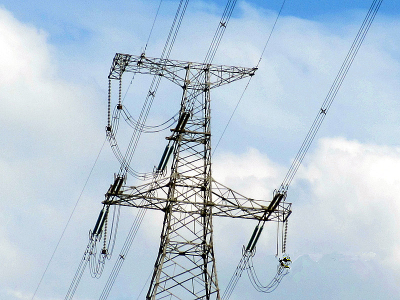
angular electrical power transmission tower
December 10, 2018some points need to be considered when designing the steel tower
Ice Formation
Although ice formation has been considered directly responsible for significantly fewer tower failures than wind, it should nevertheless be considered in the design. While its occurrence is not as frequent as high winds, an ice storm or freezing rain can have disastrous results. When ice forms on the members and appurtenances of a tower, not only is the total gravity load (dead plus live load) increased, but the loads on projected areas of the members and appurtenances are increased. As indicated in the preceding section on wind loads, this will have the effect of producing larger total wind loads for the same wind pressure. Towers can vary in their susceptibility to damage from ice formation. Under similar ice-forming conditions, a self-supporting tower, with fewer, but heavier, structural members than a guyed tower, which is usually built of a number of lighter, more closely spaced members, is subject to a smaller percentage increase in load. The weight of ice that can form on a guyed tower may substantially exceed the dead weight of the tower. Where icing conditions are frequent and severe, consideration should be given to the installation of deicing equipment. Deicing equipment is typically installed only on antennas and is used to minimize the standing wave ratio of the radiated signal from the antenna. Many types of deicing systems have been tried on the larger towers in ice-prone areas, but cost-benefit results have been disappointing. The current, most dependable and widely used method of dealing with the accumulation of ice and its related loading is designing the tower to support the additional load. Ice falling from towers can be hazardous and cause injuries or death to persons, as well as considerable damage to property (i.e., vehicles, buildings, antennas, transmission lines, and other equipment) and sections of the tower below. Where this is possible, protective measures should be taken. The installation of ice shields is recommended over transmission lines and other sensitive equipment. Consideration should be given to the protection of the transmitter building, or it should be constructed to resist damage from falling ice. The installation of protective canopies should also be considered for the protection of other property, automobiles, and people. Consideration should also be given to the fact that wind can deflect falling ice.
Earthquake Loads
Many areas in the United States, while not considered active seismically, are susceptible to earthquakes. No reliable method of predicting the time and place of a destructive earthquake, either in a highly seismic or relatively non-seismic area, is available. In some regions of the country, earthquake loads must be considered in the design of a tower, particularly on the west coast. Usually, earthquake loads are considered to act horizontally on a structure and vary with, among other factors, the mass of the structure. For this reason, the less massive guyed towers are very often preferable in these regions. More sophisticated design techniques will incorporate features to equalize vertical, as well as horizontal, ground motions.
Codes and Standards
Most municipalities have their own building codes or are subject to statewide, countrywide, or other jurisdictional building codes. Commonly, these codes are based either in part or entirely on one of the three nationally recognized model building codes, which are referenced below. As such, the owner of a proposed tower usually will not be issued a building permit unless the design and construction conform to the provisions of the municipal building code or is granted a variance accepting other criteria. If the construction of a tower is proposed in a jurisdiction where there is no building code, a model building code containing such provisions can be used as guidance. In addition, nationally recognized standards are available for use in the design and construction of towers. Having knowledge of which code or standard was used in the design and construction of a tower can be very useful to risk management personnel in evaluating the tower.
The four nationally recognized model
building codes are:
- StructuralStandard for Antenna Supporting Structures and Antennas published by the Telecommunications Industry Association (TIA)
- TheUniform Building Code published by the International Conference of Building Officials (ICBO)
- TheBOCA National Building Code published by Building Officials and Code Administrators International, Inc. (BOCA)
- TheStandard Building Code published by Southern Building Code Congress International, Inc. (SBCCI)

